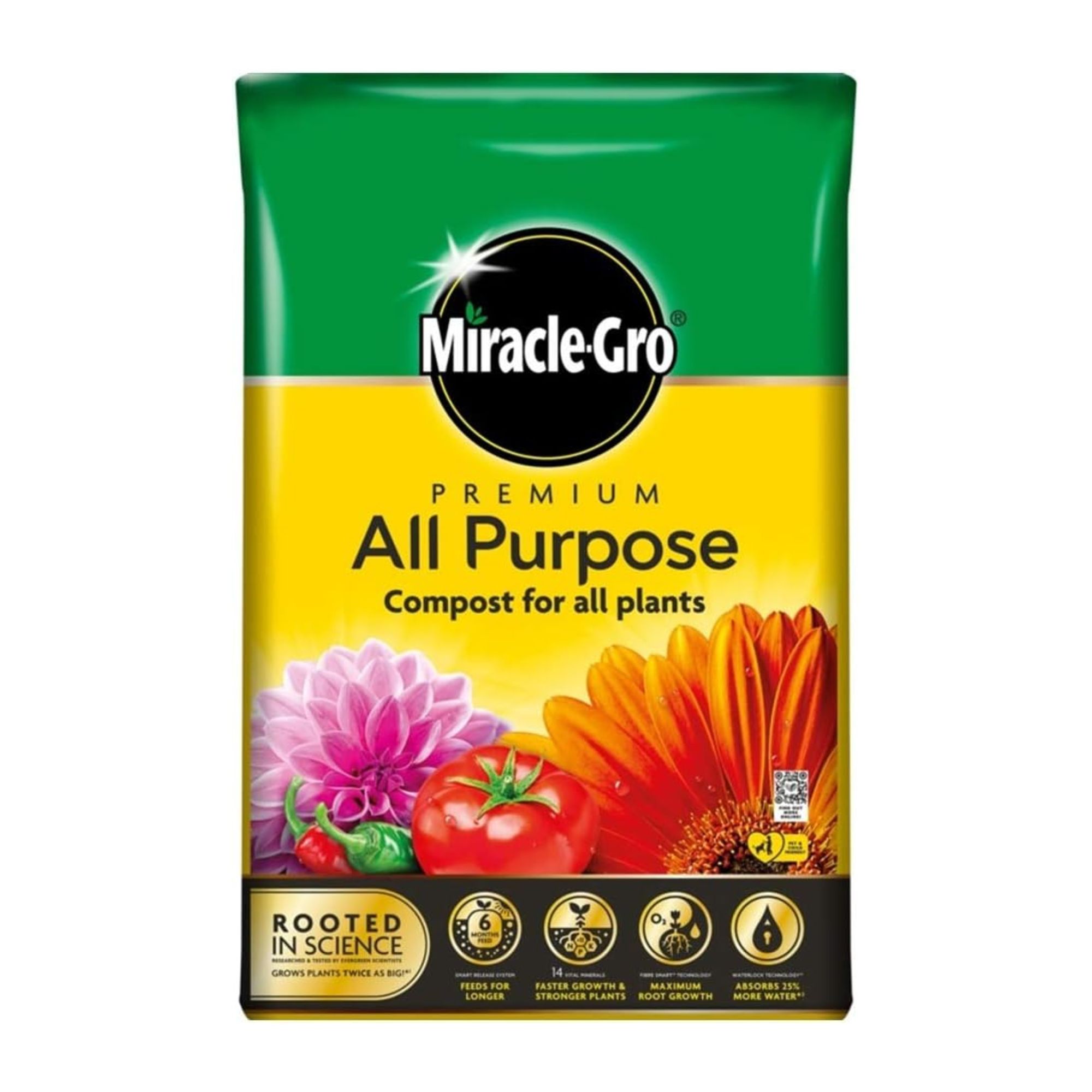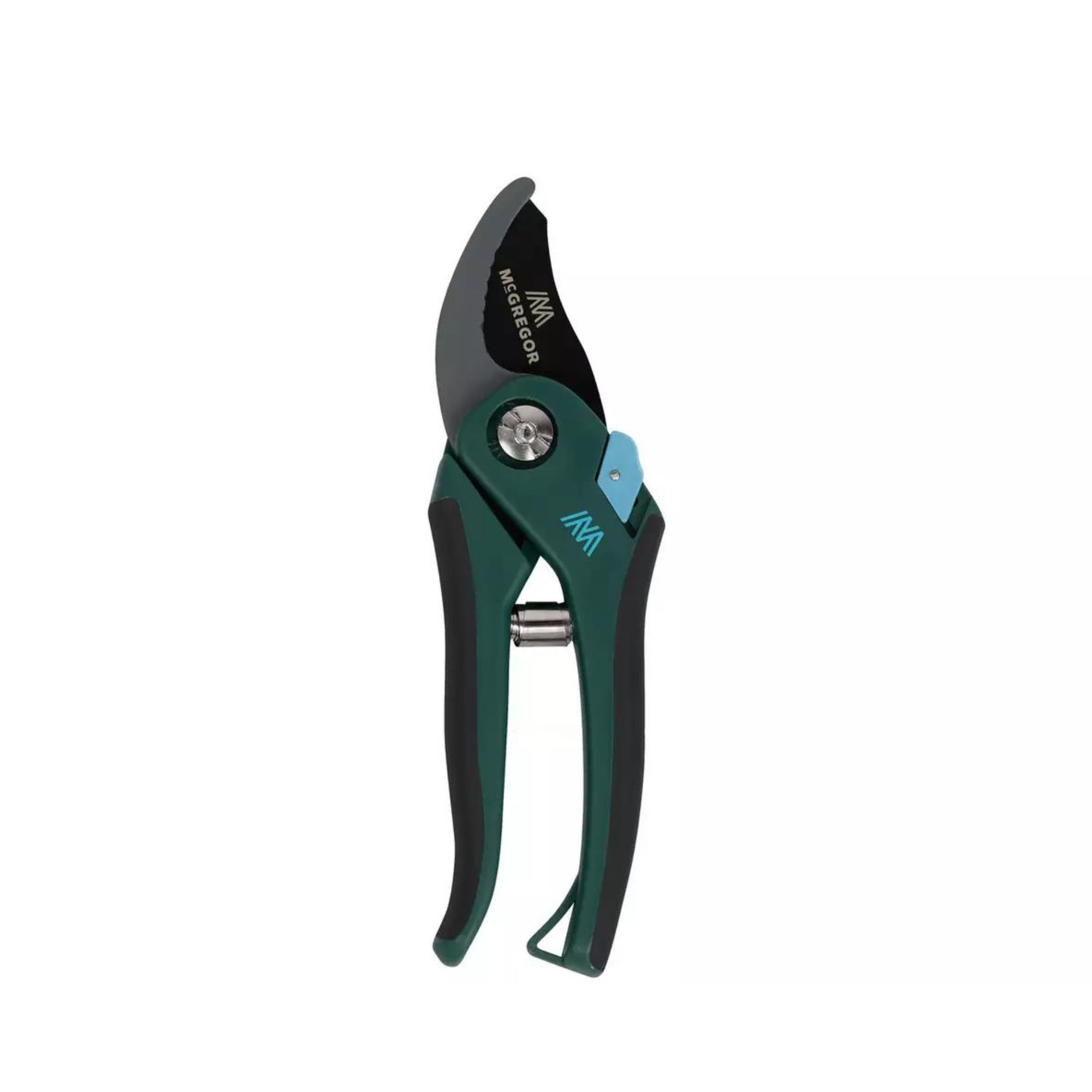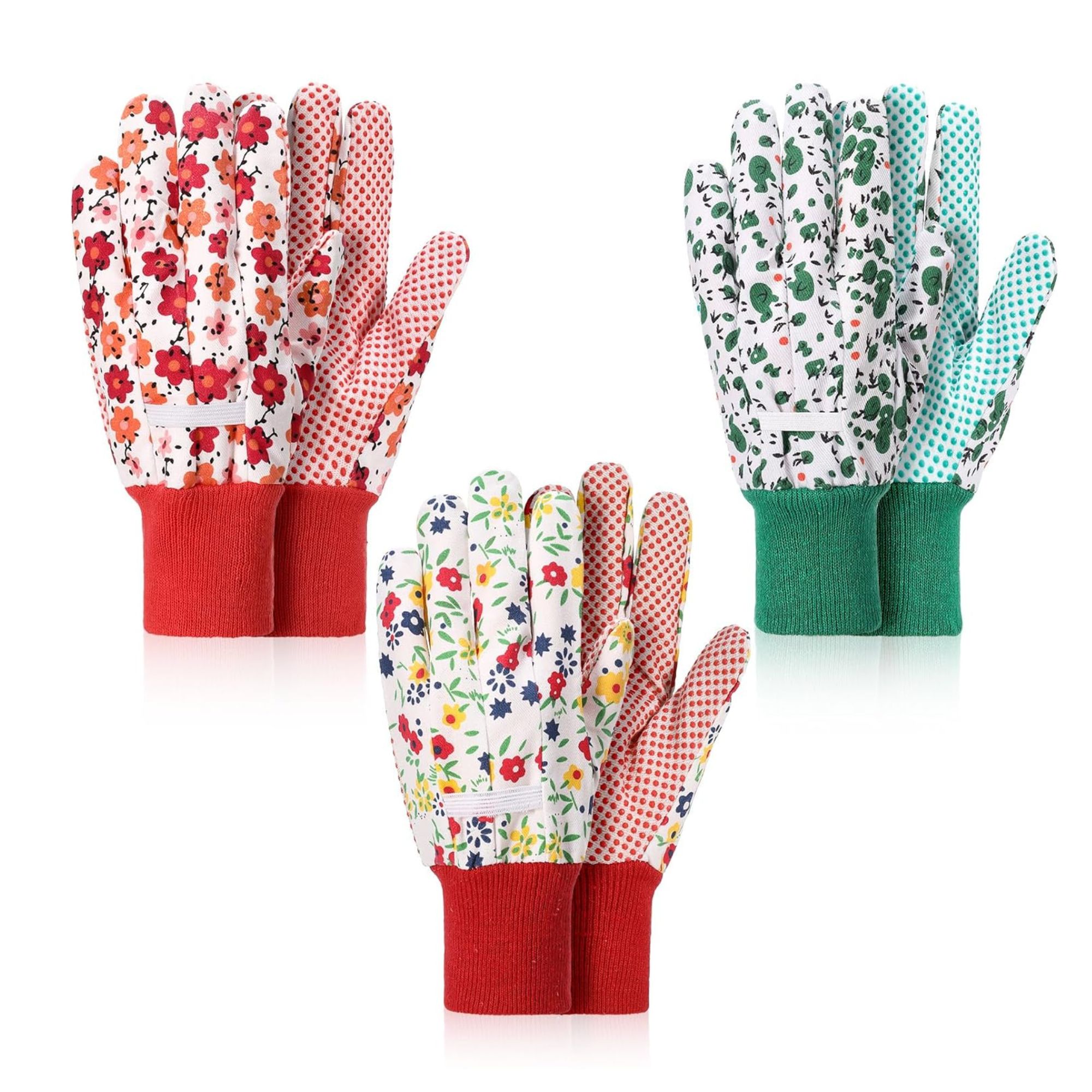What to do with sunflowers after flowering to ensure you and your garden get the most out of these sunny blooms
You have two options to choose from
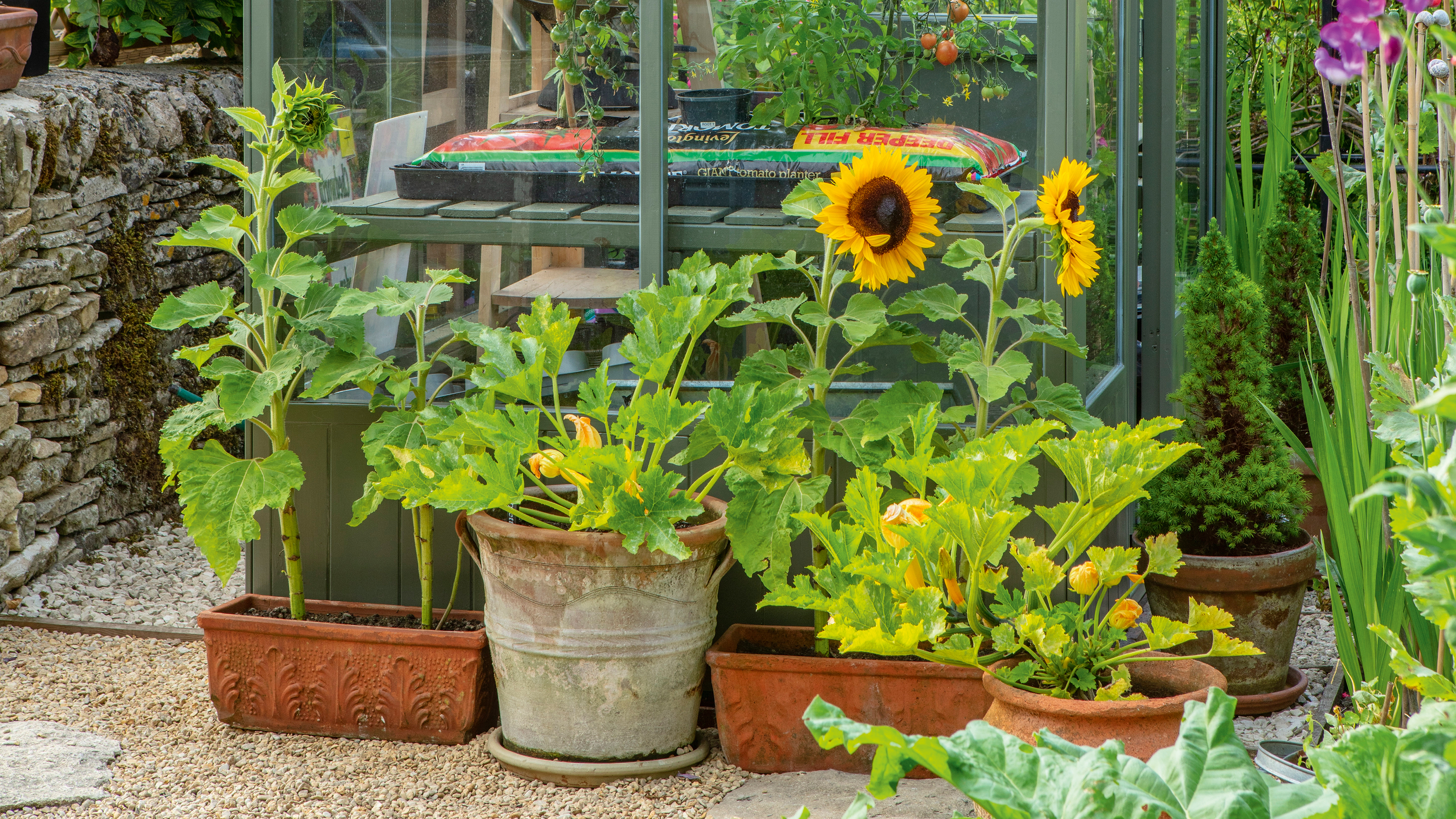

There’s nothing better than seeing a sunflower in full bloom. But all good things must come to an end, and if your once bright blooms are looking a little droopy right now, you might be wondering what to do with sunflowers after flowering.
Sunflowers are one of the most rewarding things to grow. As soon as you learn when to plant sunflower seeds and when to re-pot sunflower seedlings you'll be rewarded with giant yellow blooms. But sadly those flowers don't last forever.
But knowing what to do after your sunflowers have established themselves is also crucial. That’s why we’ve reached out to garden experts to help you decide what to do with sunflowers after flowering. After all, you have two options to choose from - so, ultimately, you need to decide what’s best for you and your garden.
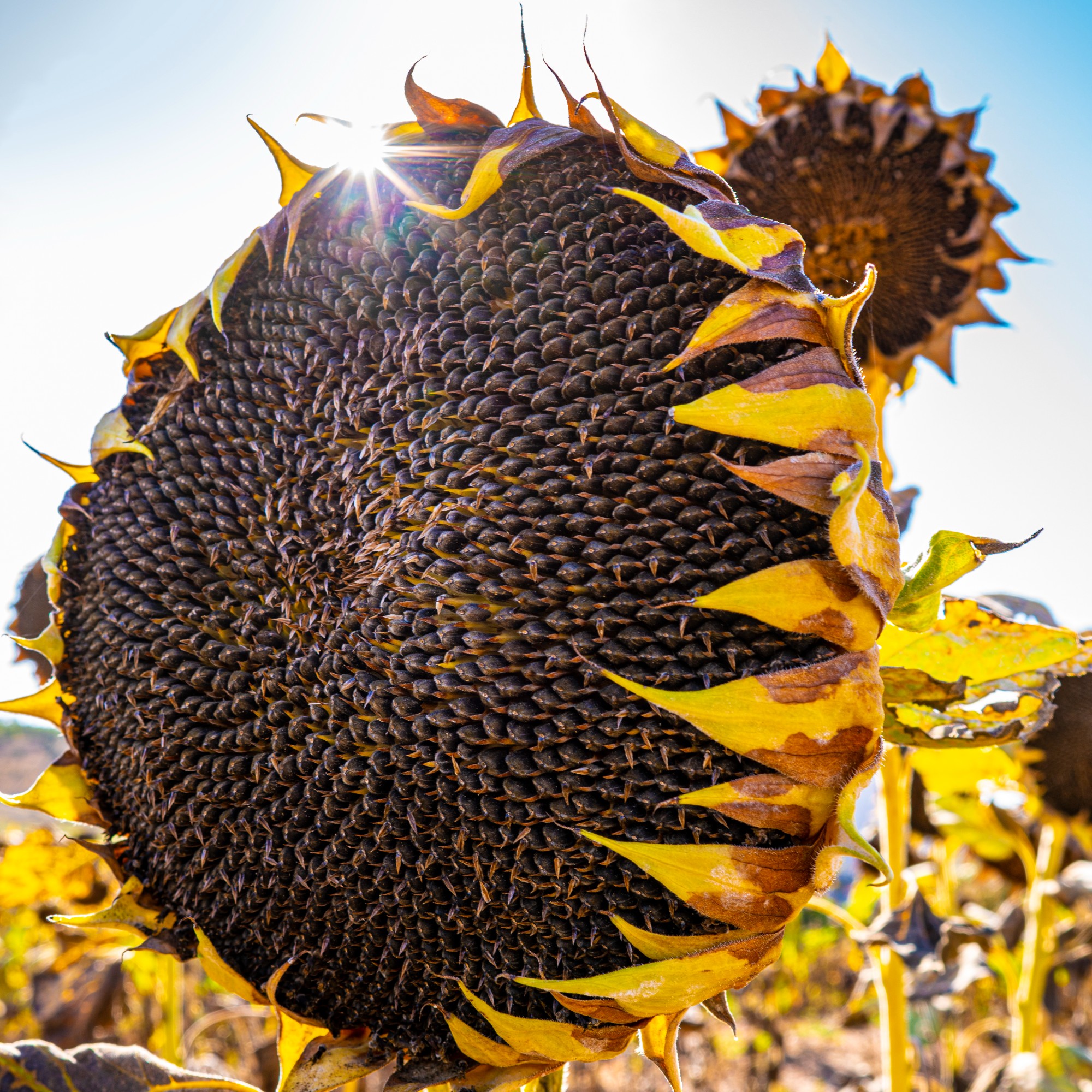
Although most of us wish sunflowers would stick around for the whole summer, their blooming period is fairly small - no matter whether you grow them in pots or not. In fact, while they take a fairly long time to grow, they generally only flower for around three weeks, depending on their growing conditions and the variety.
So, what do you do with sunflowers after flowering? As most sunflowers are annuals, you may feel inclined to pull up your dead sunflowers as soon as they’ve lost their (sun)shine. But most experts would suggest leaving them alone for a little while.
Instead of deadheading the large sunflower flowerhead immediately, it’s best to leave it in place for a few weeks. And while it won’t be the most attractive thing in your garden, doing so can have many benefits.
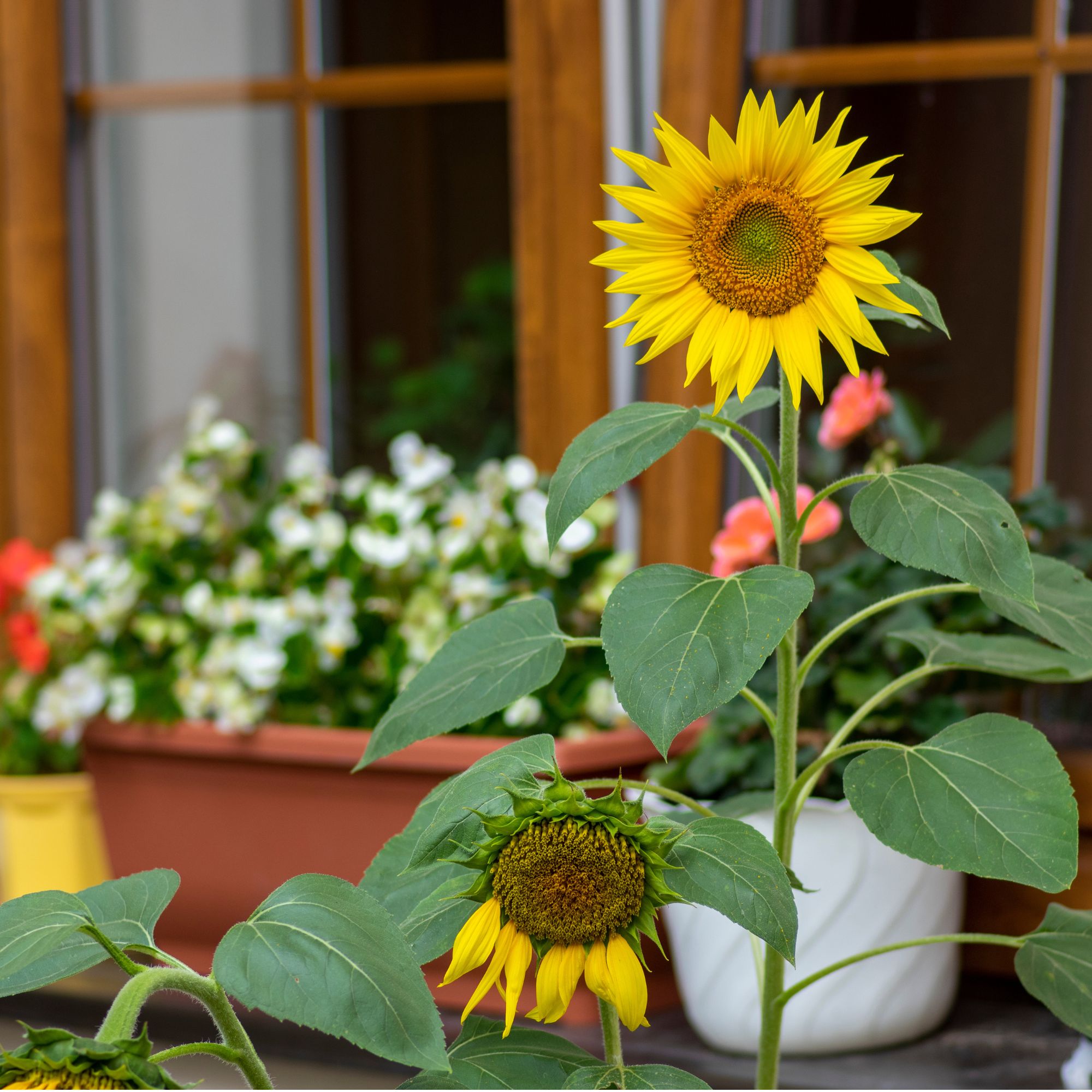
Why you should leave sunflowers alone after flowering
For starters, leaving the flowerhead in place will help to encourage wildlife and attract birds to your garden. The birds will even use the flowerheads as their seed buffet, nibbling on the seeds and fattening themselves up for the winter months.
Sign up to our newsletter for style inspiration, real homes, project and garden advice and shopping know-how
The other benefit of leaving your sunflower in place is it will allow you to harvest the seeds. If you want to do this either for roasting as a snack or to propagate sunflowers for free you will need to continue watering your sunflower plant to harvest them.
You’ll need to cut off the flowerheads around two weeks after flowering and then lay them on a newspaper inside or hang them somewhere warm and dry for another week. Then, you should be able to loosen the seeds by running your hand over the flower head.
These seeds can then be stored or roasted. Or if you have a change of heart and still want to share your sunflower seeds with the birds when harvested, you can do that, too.
Alex Gill, the Founder of the Awesome Wildlife Company, says, ‘Sunflower seeds are a favourite snack for many birds, including blue tits, cole tits and many more, so if you’re not using the seeds to roast, you can pop them in a bird feeder and let the garden birds enjoy! This will help give them energy and ensure they are well-fed.’
Composting a sunflower plant
You'll still need to dispose of the remaining stems and roots of the sunflower. If you opt to compost your sunflower plant, Morris Hankinson, director of Hopes Grove Nurseries, warns, ‘They might take longer to decompose if the stalks are thick, so chopping them into smaller pieces can help speed up the process.’
Doing so also means that you can use it to fill your raised garden beds in no time.

Morris Hankinson is the founder and managing director of Hopes Grove Nurseries Ltd, the UK’s only specialist grower-retailer of hedging plants. He established the thriving business in 1992, shortly after graduating with a Commercial Horticulture Degree from Writtle College, Essex.
Just make sure that you remove all of the sunflower plant when doing this. Morris says, ‘Remove any remaining plant debris from the garden to prevent the spread of diseases and pests that may have been attracted to the sunflowers. Sunflowers can be susceptible to fungal diseases like powdery mildew and rust, so ensuring the area is clean can help maintain a healthy garden.’
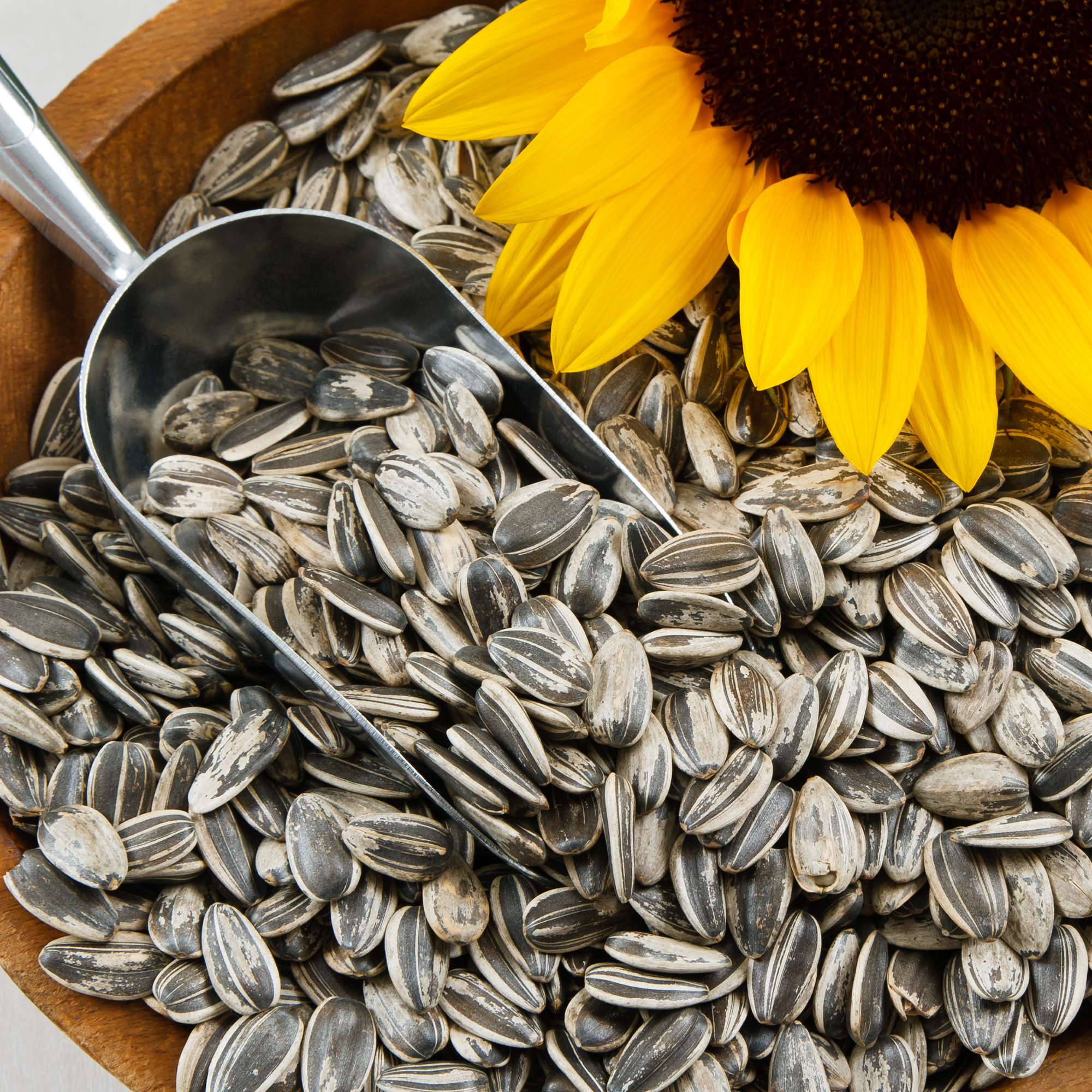
Morris also warns that sunflowers can deplete the nutrient levels in your soil. So, before planting anything else in that spot Morris advises, ‘Enrich the soil after removing the sunflower plants. Add compost, well-rotted manure, or a balanced fertiliser to replenish the soil.’
What you'll need
FAQs
Do sunflowers grow back next year?
If you’re growing annual sunflowers, they won’t grow back next year unless you harvest and propagate the seeds. Annual sunflowers are the ones typically grown for their height and their large flowerheads.
However, you can grow perennial sunflowers - although these are generally smaller and clump-forming. They tend to have much longer, deeper root formations where clumps of flowers will eventually form.
And while perennial sunflowers will grow back next year, they are much slower growers than annual sunflowers.
Do slugs eat sunflowers?
Yes, but this is typically only a problem when you have sunflower seedlings. Slugs will stop at nothing to eat the sunny, sweet plant and can decimate sunflower seedlings quickly. Because of this, it’s best to take action and stop these slugs in their track. This will protect your seedlings and give them the best chance at growth.
This will also work in your favour, as slugs struggle to eat sunflowers the bigger they get. The taller they get, the less likely the slugs will be able to travel up to get to them. So, protect them when they’re young and reap the rewards when they’re older.
So, will you be composting or harvesting your sunflowers after flowering?

Lauren Bradbury has been the Content Editor for the House Manual section since January 2025 but worked with the team as a freelancer for a year and a half before that. She graduated with a Bachelor’s degree in English and Creative Writing from the University of Chichester in 2016. Then, she dipped her toe into the world of content writing, primarily focusing on home content. After years of agency work, she decided to take the plunge and become a full-time freelancer for online publications, including Real Homes and Ideal Home, before taking on this permanent role. Now, she spends her days searching for the best decluttering and cleaning hacks and creating handy how-to guides for homeowners and renters alike, as well as testing vacuums as part of her role as the Ideal Home Certified Expert in Training on Vacuums, having spent over 110 hours testing different vacuum models to date!
